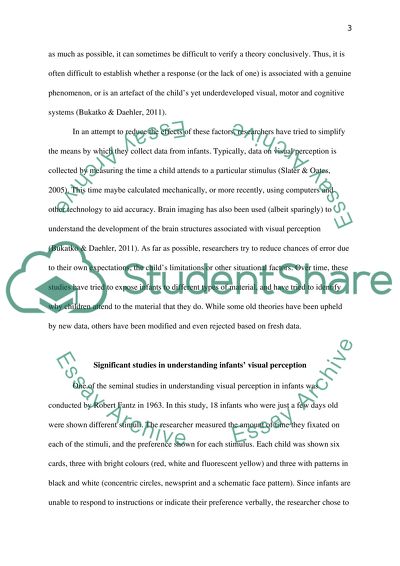Cite this document
(“Discuss the evidence from research into the development of infants' Essay”, n.d.)
Retrieved from https://studentshare.org/psychology/1468949-discuss-the-evidence-from-research-into-the
Retrieved from https://studentshare.org/psychology/1468949-discuss-the-evidence-from-research-into-the
(Discuss the Evidence from Research into the Development of infants' Essay)
https://studentshare.org/psychology/1468949-discuss-the-evidence-from-research-into-the.
https://studentshare.org/psychology/1468949-discuss-the-evidence-from-research-into-the.
“Discuss the Evidence from Research into the Development of infants' Essay”, n.d. https://studentshare.org/psychology/1468949-discuss-the-evidence-from-research-into-the.


